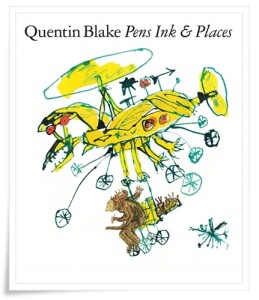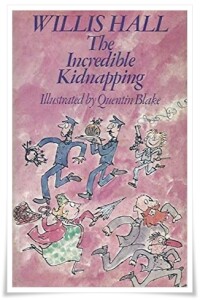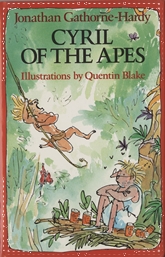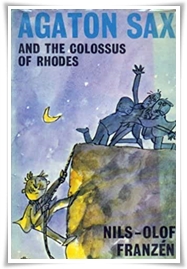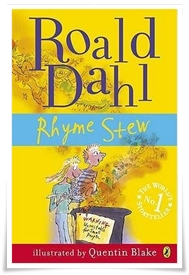Mortimer’s Cross
by Joan Aiken (Harper & Row, 1983)
audiobook read by Judy Bennett (Bolinda, 2015) [as part of the 3-in-1 collection ‘Mortimer’s Cross’]
A lively middle-grade adventure, Dahl-like in tone but with a more adult vocabulary suggestive of Mortimer’s origins (being read aloud on Jackanory). Bennett’s enthusiastically British- and Welsh-accented audiobook narration does capture the spirit, but it’s a shame to forego Quentin Blake’s illustrations.

![Book covers: “Mortimer’s Cross” by Joan Aiken (Harper & Row, 1983); audiobook read by Judy Bennett (Bolinda, 2015) [as part of the 3-in-1 collection ‘Mortimer’s Cross’]](https://www.derelictspacesheep.com/wp-content/uploads/2023/03/Aiken_Mortimers-Cross-300x184.jpg)
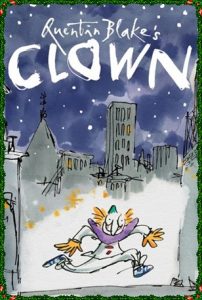
![Book cover: “Agaton Sax and the Max Brothers” by Nils-Olof Franzén; ill. Quentin Blake (Andre Deutsch, 1970) [also published as “Agaton Sax and the Bank Robbers”]](https://www.derelictspacesheep.com/wp-content/uploads/2022/09/Franzen_Agaton-Sax-Max-Brothers-221x300.jpg)

